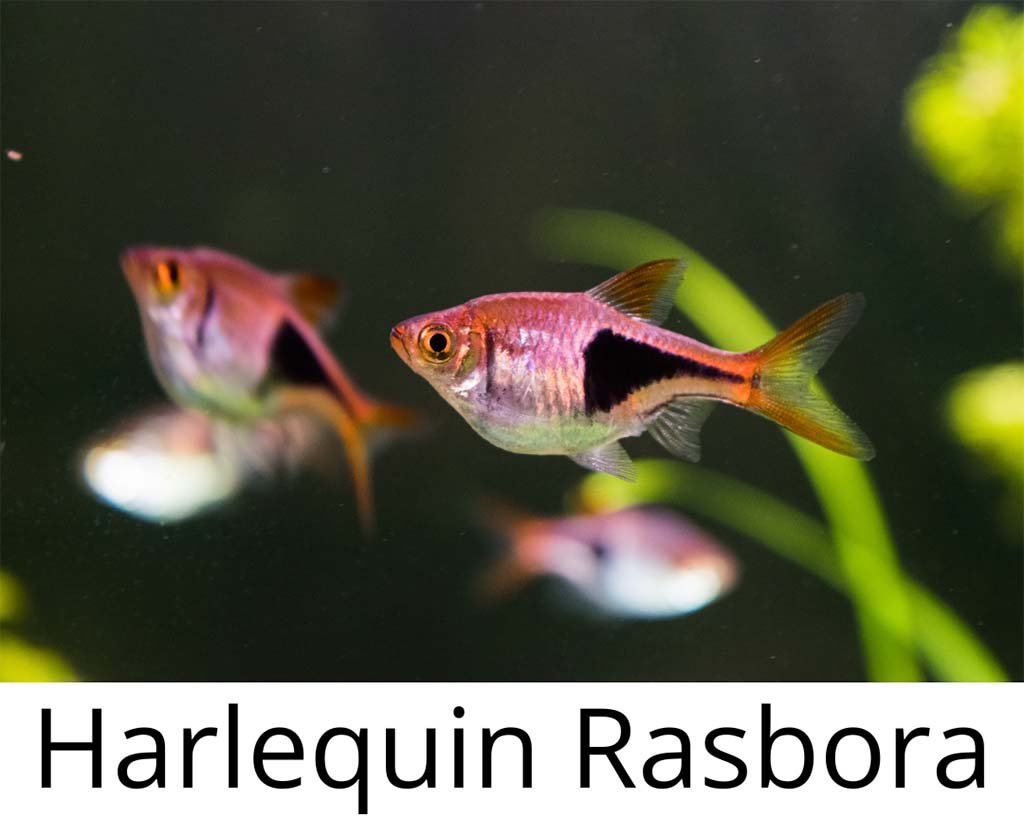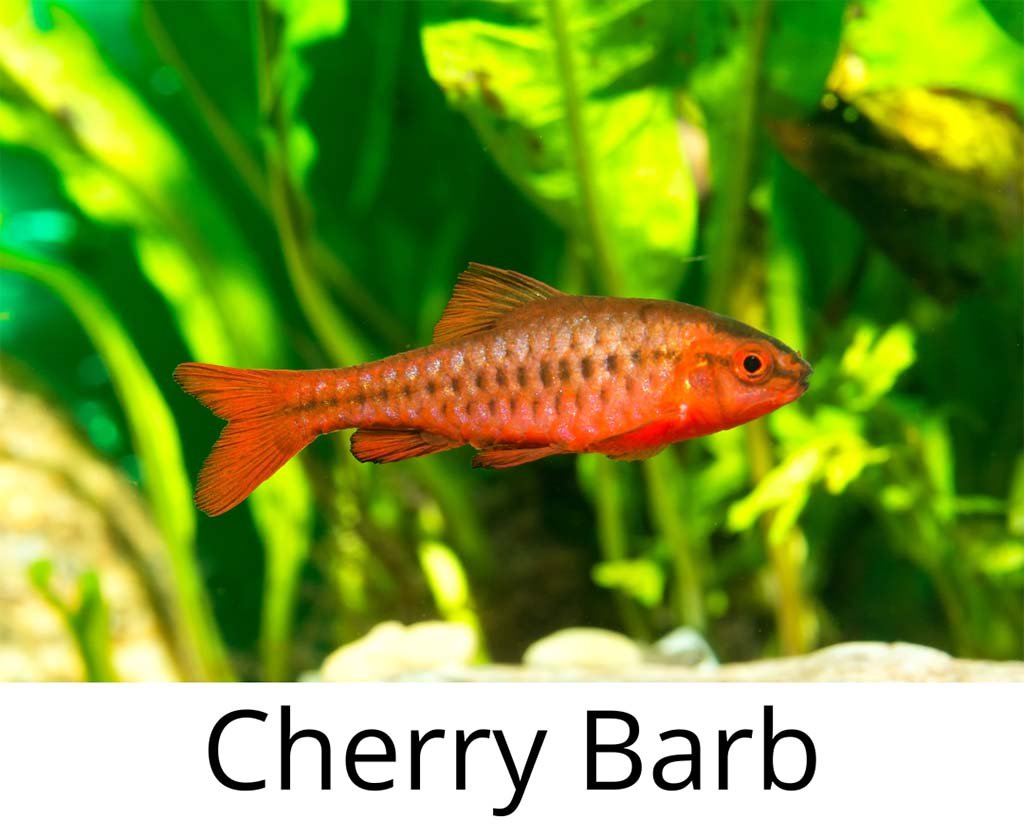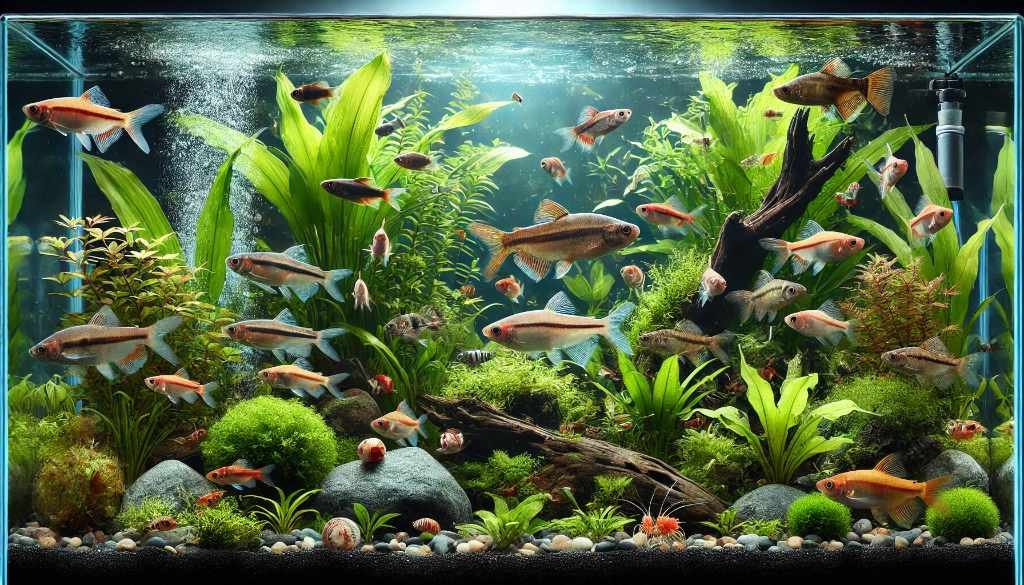Starting your journey into fish-keeping can feel both exciting and a little overwhelming. Choosing the right fish for your first aquarium is a crucial step that sets the tone for your whole experience. Watching colorful fish swim around is incredibly rewarding, but it takes some thoughtful planning. Picking fish that are compatible not only makes your tank look great but also helps create a healthy environment for them to thrive in.
As a beginner, there are a few things to consider before you dive in. The size of your tank is super important—it determines what types of fish are suitable and how many you can comfortably keep. Water conditions, like temperature and pH, are also key to fish health and compatibility. Once you understand these basics, you’ll be ready to create a welcoming home for your new fishy friends. Let’s get started and explore what makes each fish unique and why choosing the right species is just as important as setting up your tank!
Assessing Your Aquarium Size
When you’re getting started, one of the first things to think about is the size of your tank. The size plays a big role in making sure your fish have enough space to stay healthy, and it also helps you figure out which types of fish will thrive. A general rule is about one inch of fish per gallon of water, but this isn’t set in stone. Larger fish produce more waste, and territorial species might need more room.
If you have a smaller tank, like a 10-gallon one, fish like guppies or neon tetras are great options because of their small size and bright colors. But if you’re working with something bigger, like a 55-gallon tank, you can start looking at larger species, like angelfish or certain cichlids, which are not only beautiful but need more space to swim.
It’s really important to choose fish based on their adult size—not just how big they are when you first get them. For example, in a 20-gallon tank, you can create a lively community with fish like barbs, rasboras, and peaceful bottom dwellers like catfish. But if you’ve got a bigger setup, like a 75-gallon tank, you can really get creative with a wide range of species, from freshwater to marine, and build an impressive aquarium.
Water Conditions and Compatibility
Getting the water conditions right in your tank is crucial for keeping your fish happy and healthy. Different fish species have specific needs when it comes to water temperature and pH levels, so it’s important to make sure you’re meeting those needs. For example, tropical fish like neon tetras prefer warmer water, usually between 72°F and 78°F (22°C to 26°C). On the other hand, goldfish do better in cooler water, around 65°F to 72°F (18°C to 22°C). A quick check with a thermometer will help you stay within the right range for your fish.
pH levels are another important factor. Some fish prefer slightly acidic water, while others need more alkaline conditions. For instance, goldfish are fine in neutral pH (around 7.0), but if you’re adding angelfish, you’ll need to adjust for a slightly acidic environment. Test kits or strips are easy to find at pet stores and are helpful tools to monitor these levels.
Compatibility between fish is also key to creating a peaceful tank. Some fish, like guppies, thrive in schools and enjoy being surrounded by others, while species like cichlids might need more space and can get territorial if crowded. Researching which species get along well will make things easier. Opting for peaceful fish can help you create a calm, harmonious environment where everyone thrives.
Popular Beginner Fish Options
When setting up your first aquarium, choosing the right fish is key to creating a healthy, thriving environment. Hardy freshwater fish are often recommended for beginners because they can handle fluctuations in water quality and are generally easier to care for. Species like bettas, zebra danios, and guppies are great choices because they adapt well to a variety of tank conditions while adding vibrant color and energy to your aquarium. Bettas, for example, are known for their stunning fins and active personalities, making them an attractive option for smaller tanks.
Community-friendly fish are another great choice for beginners, as they get along well with other species and create a more diverse, interesting tank environment. Fish like neon tetras and platies are calm and social, making them easy to mix with other species. A community tank not only adds variety but also gives you the chance to observe how different fish interact, which can be both fun and educational.
If you’re interested in trying a saltwater setup, there are also beginner-friendly marine fish to consider. Clownfish are a popular choice thanks to their striking appearance and relatively easy care requirements. They do well in small groups and can be kept without needing special hosting arrangements like anemones. Gobies are another good option for marine tanks—they’re interesting to watch as they move along the substrate, adding both visual appeal and personality to your tank.
Popular Beginner Fish Options for a Community Tank
When setting up your first aquarium, it’s important to choose fish that are hardy, easy to care for, and peaceful enough to coexist with other species. A community tank is a great way to enjoy a variety of fish in one setup, and there are several species that are perfect for beginners. Here are some popular fish to consider for your first community tank:

Small, peaceful, and colorful, neon tetras are perfect for a community tank. They thrive in schools and add a vibrant splash of color.

Hardy and adaptable, guppies come in a wide range of colors and are easy to care for. They get along well with other peaceful fish.

Another excellent beginner fish, platies are calm and mix well with other species in community tanks.

Active and resilient, zebra danios are perfect for beginners. They are lively swimmers and can adapt to a variety of water conditions.

These bottom-dwellers help keep the tank clean by eating leftover food and are peaceful companions in a community tank.

Mollies are known for their peaceful nature and adaptability, making them a great addition to any beginner’s tank.

These fish love to school and are known for their calm temperament and beautiful coloring.

A colorful and gentle species, cherry barbs are best kept in groups and get along well with other community fish.

While not a fish, Amano shrimp are peaceful and great for controlling algae, making them a useful addition to a community tank.

Peaceful and easygoing, swordtails are another great choice for a community tank. They are known for their long tails and bright colors.
Betta Fish: Pros and Cons
Betta fish are a favorite among beginner aquarists, known for their vibrant colors and flowing fins. One of the best things about keeping bettas is their hardy nature—they can handle a range of water conditions, which makes them relatively easy to care for. Betta fish have a special organ called a labyrinth, which allows them to breathe oxygen from the air as well as from the water. This gives them an edge in less-than-ideal tank conditions. Their eye-catching appearance and lively personalities make them a fun and rewarding choice for beginners.
However, there are some challenges to be aware of. Bettas are territorial, especially male bettas, and can become aggressive toward other fish if not housed properly. It’s important to understand their social dynamics and choose tank mates carefully. Peaceful species like guppies or corydoras catfish can often coexist with bettas, but it’s crucial to introduce them correctly and monitor their interactions.
When it comes to setting up a tank for a betta, you’ll want at least 5 gallons to give them enough space to swim and keep the water clean. Bettas also prefer gentle filtration, as strong currents can stress them out. Live plants are a great addition to a betta tank, offering hiding spots and creating a more natural environment. Overall, bettas are low-maintenance and visually captivating, but it’s important to give them the right environment to truly thrive.
Community Tanks vs. Species-Specific Tanks
One of the fun choices when setting up your aquarium is deciding whether to go for a community tank or a species-specific tank. Community tanks are great for beginners because they let you mix different species that get along well together. You’ll get to enjoy a range of colors and behaviors as your fish interact, creating a lively and interesting environment. This setup is especially engaging if you love the idea of watching how different fish coexist in one space.
On the other hand, a species-specific tank focuses on the needs of just one type of fish. This can be more challenging because you need to make sure the tank is perfectly suited to the species you choose. For example, if you opt for cichlids, you’ll need to set up plenty of rocks and caves to mimic their natural habitat and give them places to hide. While species-specific tanks might not offer the same variety as community tanks, they allow you to focus on one species’ unique behaviors and needs.
Whether you go for a community tank or a species-specific setup, success depends on doing your research and making sure your fish have enough space, the right water conditions, and compatible tank mates (if any). A well-thought-out plan leads to a balanced, peaceful tank where fish can thrive, and you get to enjoy a beautiful aquarium.
Feeding Your New Fish
Feeding your fish properly is one of the most important things you can do to keep them healthy and happy. Just like any other pet, fish need a balanced diet to grow, stay active, and maintain their vibrant colors. The key ingredients in fish food include proteins, fats, carbohydrates, vitamins, and minerals, and each species may have different dietary needs depending on whether they’re herbivores, carnivores, or omnivores.
As a beginner, it’s a good idea to start with flake or pellet food, which works for most types of fish. Flake food is especially popular because it’s easy to digest and comes in formulations for different fish. Pellets are great for larger fish since they provide a more substantial feeding experience. You can also occasionally offer frozen foods like bloodworms or brine shrimp to add variety to your fish’s diet and encourage natural behaviors.
Setting a feeding schedule helps keep your fish healthy and your tank clean. For most species, feeding once or twice a day is enough—just give them what they can eat in two or three minutes to avoid overfeeding. Uneaten food can decay and affect your water quality, so it’s important to strike the right balance. By paying attention to how much your fish eat and adjusting as needed, you’ll create a feeding routine that keeps your fish thriving.
Common Mistakes to Avoid as a Beginner
Starting a new aquarium is exciting, but it’s easy to make a few mistakes along the way. One of the most common beginner mistakes is adding too many fish at once. It can be tempting to fill your tank with a variety of colorful fish, but overcrowding can lead to problems like low oxygen levels and increased waste, which can stress your fish and make them more vulnerable to disease. A good rule of thumb is to stick to the one-inch-per-gallon guideline, and always keep in mind how big your fish will grow, not just their size when you first get them.
Another mistake is neglecting regular tank maintenance. It’s easy to get caught up in watching your fish and forget about routine tasks like water changes and checking water parameters. Regular water changes are essential for removing toxins that can build up over time, and keeping an eye on things like pH levels and ammonia concentration will help ensure a healthy environment for your fish. Setting up a schedule for these tasks can keep your tank running smoothly and your fish happy.
Lastly, it’s important not to overlook the signs of stress or illness in your fish. Fish can’t communicate like other pets, but they can show subtle signs when something’s wrong. Rapid gill movement, loss of color, or unusual behavior like hiding can indicate stress or health issues. By keeping an eye on your fish’s behavior and acting quickly when something seems off, you can address problems before they become serious.
Wrapping Up Your Fishkeeping Journey
Starting your first aquarium is a rewarding experience that can bring a lot of joy. As you’ve learned, picking the right fish is just the beginning. By keeping an eye on tank size, water conditions, and choosing compatible species, you’ll create a healthy environment where your fish can thrive.
Don’t forget that regular feeding, cleaning, and maintenance are key to keeping your aquarium in top shape. It might take some practice, but with patience and care, you’ll find your rhythm. Watching your fish swim around in a well-maintained tank is the best reward for all your hard work.
Enjoy the process, stay curious, and keep learning as you go. Fishkeeping is a journey that grows with you, and with a little effort, you’ll have a beautiful, thriving aquarium that you can be proud of!

